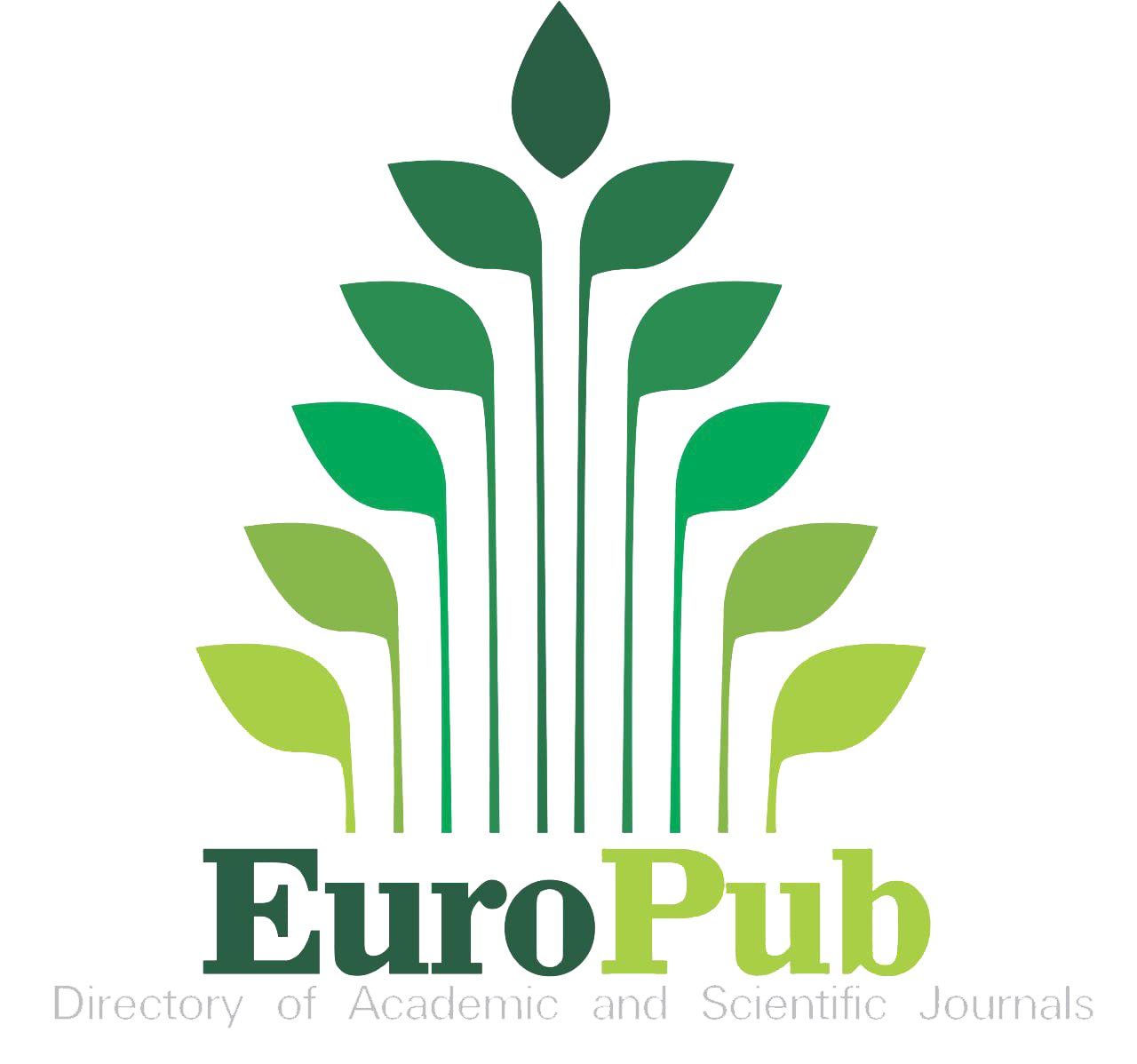Abstract
Aim of study: To ascertain and compare final-year dental students' self-confidence in conducting a number of necessary dental procedures.
Method: Dentistry college issued questionnaires to 288 final two-years dental students. It included 42 sheets, each of which contained a number of dental procedures. Information was asked about their level of trust in conducting such procedures on a three-point scale: 1 (lack of or no confidence), 2 (neutral), and 3 (extreme confidence) (self-assured). We used paired t-tests to assess the statistically important variations in the means of trust between the two groups while different variables were included.
Results: Diagnose interceptive cases with low trust have personalized treatment options that provide both veneer and non-vital and handicapped treatments, as well as treating mentally impaired patients. Slight variations in trust levels found between the two institutions. These three procedures are confidence-inspiring for students with above-average GPAs: basic posterior restoration, complex posterior restoration, and the more challenging complex retentive technique.
Conclusion: It was clear that students in their final two years of dental school had a strong belief in the procedures they were expected to have mastered by the end of their undergraduate careers. Changing and revising the undergraduate program, transitioning to a competency–based system, and promoting other learning systems that have been shown to have a positive impact on students' learning outcomes should be welcomed.
Recommended Citation
Shareef, Karar N; Mohammed, Maher B; and Jubran, Abdulsahib S
(2022)
"The Self-Confidence Level of Dental Students in Alkafeel University College of Dentistry in Dental Clinical Practice Between the Fourth and Final Stage: A Comparative Study,"
Maaen Journal for Medical Sciences: Vol. 1
:
Iss.
1
, Article 5.
Available at: https://doi.org/10.55810/2789-9136.1006
References
- Van Vught FA, Ziegele F. Multidimensional ranking: the design and development of U-Multirank, vol. 37. Springer Science & Business Media; 2012. https://doi.org/10.1007/978-94-007-3005-2.
- Chemsripong Sujinda. The determinants of international student movement into Thailand: push and pull factors. Theor Econ Lett December 3, 2019;9(8). https://doi.org/10.4236/tel.2019.98175.
- Hursh D, Wall AF. Repoliticizing higher education assessment within neoliberal globalization. Pol Futures Educ Internet 2011;9(5):560e72. https://doi.org/10.2304/pfie.2011.9.5.560.
- Altbach PG. One-third of the globe: the future of higher education in China and India. Prospects 2009;39(1):11e31. https://doi.org/10.1007/s11125-009-9106-1.
- Andrade HL. A critical review of research on student self-assessment. Front Educ 2019;4:87. https://doi.org/10.3389/feduc.2019.00087.
- Ahovuo-Saloranta A, Forss H, Walsh T, Hiiri A, Nordblad A, M€akel€a M, et al. Sealants for preventing dental decay in the permanent teeth. Cochrane Database Syst Rev 2013;3. https://doi.org/10.1002/14651858.CD001830.pub4.
- Ahovuo-Saloranta A, Forss H, Walsh T, Nordblad A, M€akel€a M, Worthington HV. Pit and fissure sealants for preventing dental decay in permanent teeth. Cochrane Database Syst Rev 2017;7. https://doi.org/10.1002/14651858.CD001830.pub5.
- Locker D, Jokovic A, Kay E Prevention. Part 8: the use of pit and fissure sealants in preventing caries in the permanent dentition of children. Br Dent J 2003;195:375e8. https://doi.org/10.1038/sj.bdj.4810556.
- Davidson Thomas, Bergstr€om Eva-Karin, Husberg Magnus, Ulla Moberg Sk€old. Long-term cost-effectiveness through the dental-health FRAMM guideline for caries prevention. Int J Environ Res Publ Health 2022;19(4):1954. https://doi.org/10.3390/ijerph19041954.
- Quinonez RB, Downs SM, Shugars D, Christensen J, Vann Jr WF. Assessing cost-effectiveness of sealant placement in children. J Publ Health Dent 2005;65(2):82e9. https://doi.org/10.1111/j.1752-7325.2005.tb02791.x.
- Deery C. The economic evaluation of pit and fissure sealants. Int J Paediatr Dent 1999 Dec;9(4):235e41. https://doi.org/10.1111/j.1365-263x.1999.00141.x.
- Haupt DW, Rosenblatt LC, Kim E, Baker RA, Whitehead R, Newcomer JW. Prevalence and predictors of lipid and glucose monitoring in commercially insured patients treated with second-generation antipsychotic agents. Am J Psychiatr 2009;166(3):345e53.https://doi.org/10.1176/appi.ajp.2008. 08030383.
- Hennekens CH.Increasing global burden of cardiovascular disease in general populations and patients with schizophrenia.J Clin Psychiatr 2007;68(Suppl 4):4e7.PMID:17539693.
- Jablensky A, McGrath J, Herrman H, Castle D, Gureje O, Evans M, et al.Psychotic disorders in urban areas: an overview of the study on low prevalence disorders.Aust N Z J Psychiatr 2000 Apr;34(2):221e36.https://doi.org/10. 1080/j. 1440-1614. 2000. 00728.x.
- Jaen CR, Stange KC, Nutting PA.Competing demands of primary care: a model for the delivery of clinical preventive services.J Fam Pract 1994 Feb;38(2):166e71.PMID:8308509.
- Karasu TB, Waltzman SA, Lindenmayer J-P, Buckley PJ.The medical care of patients with psychiatric illness.Psychiatr Serv 1980;31(7):463e72.https://doi.org/10. 1176/ps. 31. 7. 463.
- Kemp V, Bates A, Isaac M.Behavioural interventions to reduce the risk of physical illness in persons living with mental illness.Curr Opin Psychiatr 2009;22(2):194e9.https://doi.org/10. 1097/YCO. 0b013e328325a585.
- McGeorge P. Lessons learned in developing community mental health care in Australasia and the South Pacific. World Psychiatr 2012;11(2):129e32. https://doi.org/10.1016/j.wpsyc.2012.05.010.
- Ito H, Setoya Y, Suzuki Y. Lessons learned in developing community mental health care in East and South East Asia. World Psychiatr 2012;11(3):186. https://doi.org/10.1002/j.2051-5545.2012.tb00129.x.
- Razzouk D, Gregorio G, Antunes R, Mari J de J. Lessons learned in developing community mental health care in Latin American and Caribbean countries. World Psychiatr 2012;11(3):191. https://doi.org/10.1002/j.2051-5545.2012.tb00130.x.
- Hanlon C, Luitel NP, Kathree T, Murhar V, Shrivasta S, Medhin G, et al. Challenges and opportunities for implementing integrated mental health care: a district level situation analysis from five low- and middle-income countries. PLoS One 2014 Feb 18;9(2):e88437. https://doi.org/10.1371/journal.pone.0088437. PMID: 24558389; PMCID: PMC3928234.
- Archer J, Bower P, Gilbody S, Lovell K, Richards D, Gask L, et al. Collaborative care for depression and anxiety problems. Cochrane Database Syst Rev 2012;10. https://doi.org/10.1002/14651858.CD006525.pub2.
- Fletcher J, Bower PJ, Gilbody S, Lovell K, Richards D, Gask L. Collaborative care for depression and anxiety problems in primary care (Protocol). Cochrane Database Syst Rev 2007;2: CD006525. https://doi.org/10.1002/14651858.CD006525.pub2.
- Divine H, Jones M, Gokun Y, McIntosh T. Impact of curricular integration between patient care laboratory and introductory pharmacy practice experience on documentation. Am J Pharmaceut Educ 2020 Feb;84(2):7232. https://doi.org/10.5688/ajpe7232. PMID: 32226066; PMCID: PMC7092783.
- Pohl AL, Crockford SK, Blakemore M, Allison C, Baron-Cohen S. A comparative study of autistic and non-autistic women's experience of motherhood. Mol Autism 2020 Jan 6;11(1):3. https://doi.org/10.1186/s13229-019-0304-2. PMID: 31911826; PMCID: PMC6945630.
- Kudo D, Goto T, Uchimido R, Hayakawa M, Yamakawa K, Abe T, et al. Coagulation phenotypes in sepsis and effects of recombinant human thrombomodulin: an analysis of three multicentre observational studies. Crit Care 2021 Mar 19;25(1):114. https://doi.org/10.1186/s13054-021-03541-5. PMID: 33741010; PMCID: PMC7978458.
- Singh PB, Young A, Lind S, Leegaard MC, Capuozzo A, Parma V. Smelling anxiety chemosignals impairs clinical performance of dental students. Chem Senses 2018 Jul 5;43(6):411e7. https://doi.org/10.1093/chemse/bjy028.
- Penn D, Lanceley A, Petrie A, Nicholls J. Mental capacity assessment: a descriptive, cross-sectional study of what doctors think, know and do. J Med Ethics 2020 Jul 9:105819. https://doi.org/10.1136/medethics-2019-105819. Epub ahead of print. PMID: 32647042.
- Hackl C, Schmidt KM, Süsal C, D€ohler B, Zidek M, Schlitt HJ. Split liver transplantation: current developments.World J Gastroenterol 2018 Dec 21;24(47):5312e21.https://doi.org/10.3748/wjg.v24.i47.5312. PMID: 30598576; PMCID: PMC6305537.
- Schmitt ML, Clatworthy D, Ratnayake R, Klaesener-Metzner N, Roesch E, Wheeler E, et al.Understanding the menstrual hygiene management challenges facing displaced girls and women: findings from qualitative assessments in Myanmar and Lebanon.Conflict Health 2017 Oct 16;11:19.https://doi.org/10.1186/s13031-017-0121-1. PMID: 29046714; PMCID: PMC5641996.
- Trovato G. SEPSIS. Educational and best practice frontiers. Beyond the boundaries of fatality, enhancing clinical skills and precision medicine. Therapeut Clin Risk Manag 2020 Feb 12;16:87e93. https://doi.org/10.2147/TCRM.S232530. PMID: 32103969; PMCID: PMC7024868
















Indexed in: